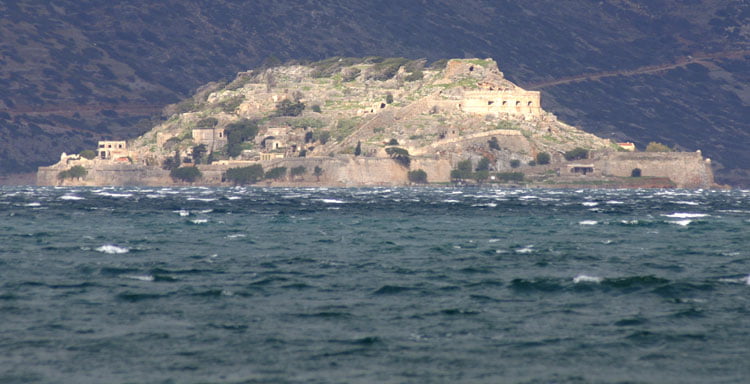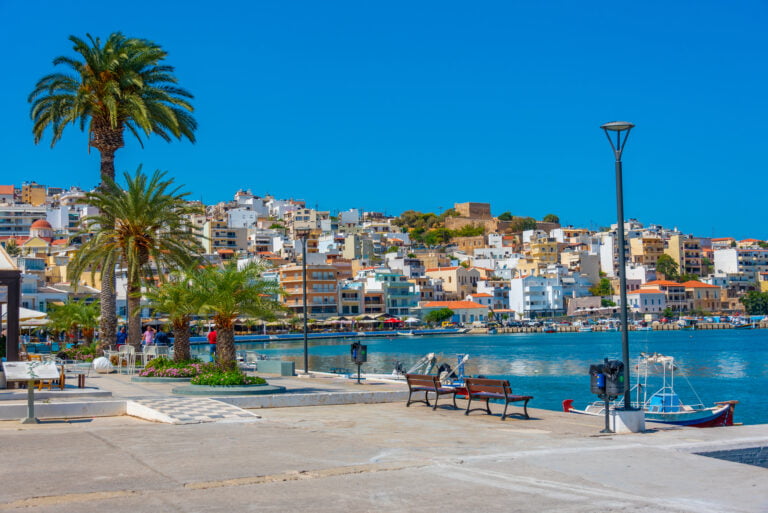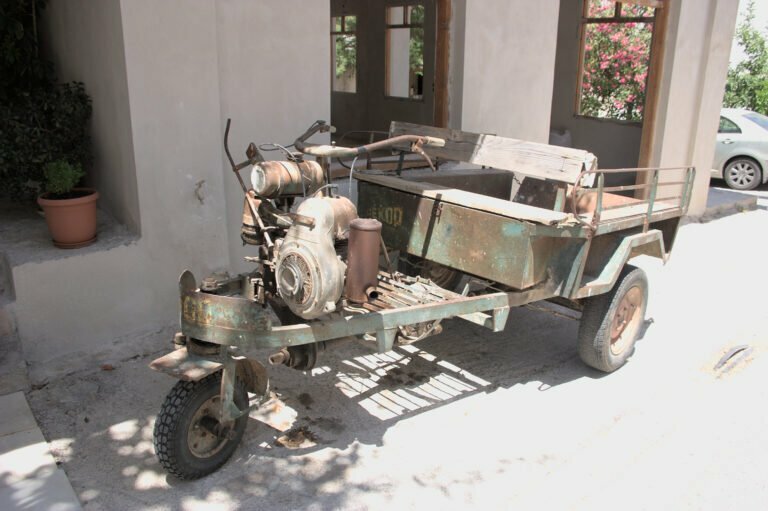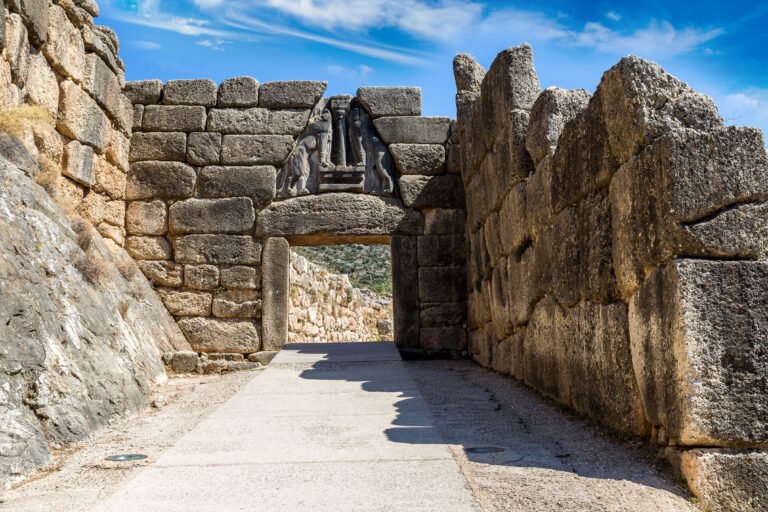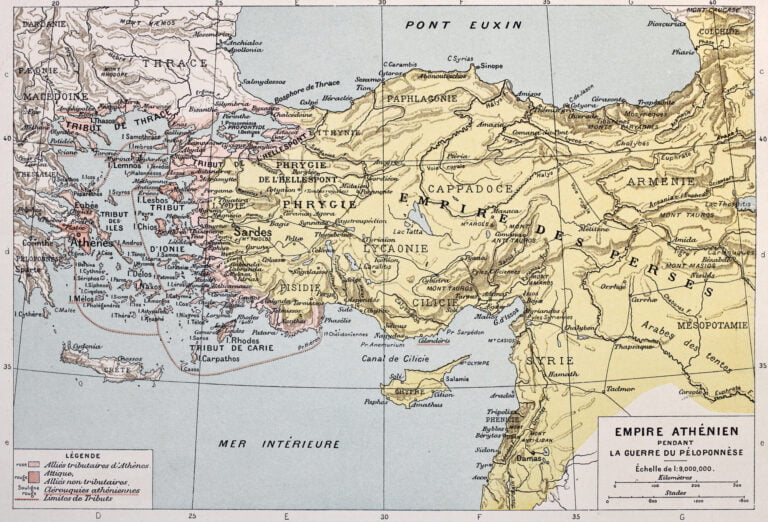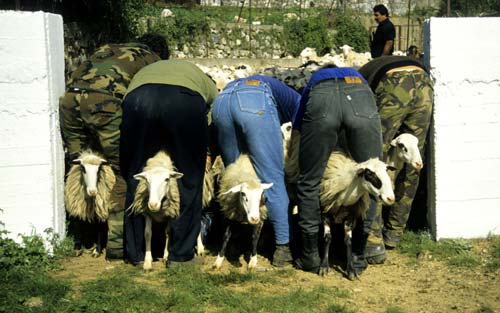Eleftherios Venizelos, The Great Man of Crete 1864-1936
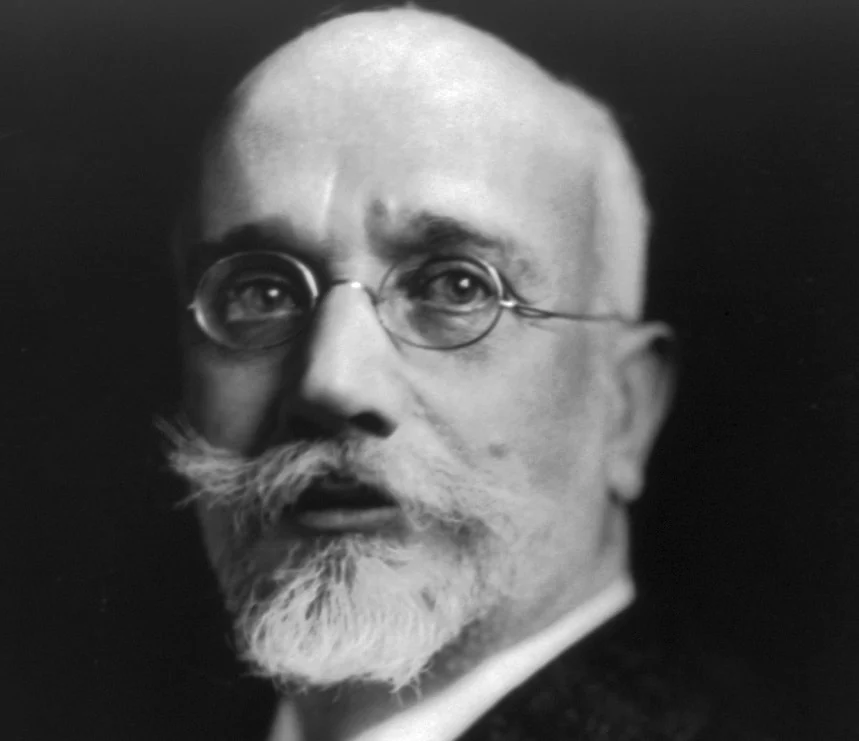
Birth of Crete – Venizelos
Eleftherios Venizelos – The Great Man of Crete
Just two years before the Holocaust of Arkadi in 1864, a child was born in Mournies, a village just south of Hania. One of six children, he was the fifth, to be born of Kyriakos from Mournies and Styliani, his mother, from Therisso. Baptised in the church of Saint Eleftherios, he was christened Eleftherios Venizelos. During the revolution in Crete in 1866 the family had to abandon their house in Mournies and escape to the island of Syros. They returned to Hania in 1872 when Eleftherios was eight years old.
At this time in Crete, there was a calm as well as a chaos. It is a difficult time to describe simply. The revolution in Arkadi had been put down with cannon and a huge explosion. Then in 1869, there was another revolution and by now the end of the Turkish occupation in Crete began to enter the dreams of the Cretans. But there was a long way to go.
After the 1869 uprising, the ‘Organic Act’ was passed and it promised much more control for the Cretans in their local government as well as more freedom for the orthodox church. But as the years passed by, the island was still controlled by the Turks and the Organic Act became almost invisible. This couldn’t go on. By 1877, despite petitioning by the Cretans to the Pasha, the Sublime Porte, the rulers of the Ottomans dissolved the Cretan General Assembly and the Christian representatives had to escape to the Apokoronas. Once more, Crete was in turmoil.
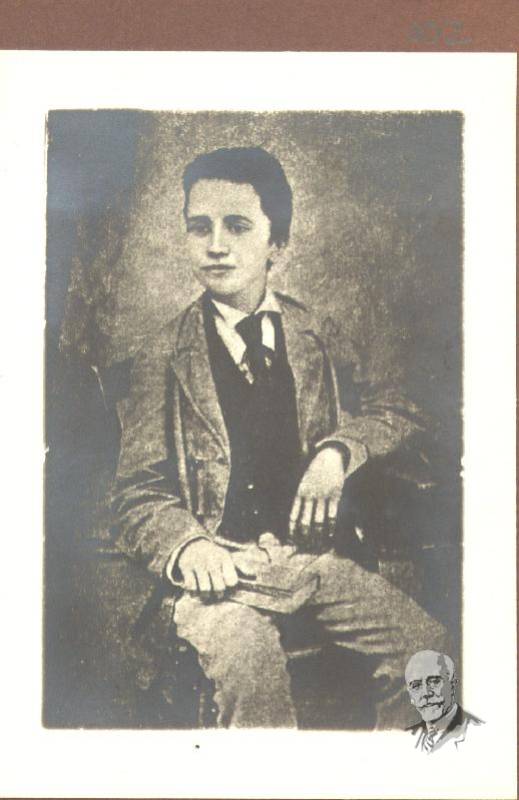
The Revolution
On the 27th of December that year, the Greek government declared its support for an uprising in Crete. In the January of 1878, there was a meeting of the Pan-Cretan Revolutionary Assembly – the largest of its kind ever held in Crete – in the village of Fres just east of the Apokoronas Plain. At this time, Turkey was at war with Russia and was unable to send more reinforcements to Crete.
In late January 1878, the revolution started again. It began in the west and soon covered the whole island. Turkish farmers fled to the big cities and by the end of March, the whole island was under rebel control except for the main fortified cities which could only be attacked with guns much bigger than the Cretans possessed.
With the influence of the British, the Turks finally agreed to what is known as the ‘Haleppa Agreement’ of October 1878. It included a general amnesty, that Greek could be the language of government and the courts and that the Governor General of Crete could be a Christian. It gave even more power to the Cretans as well as allowing them to set up their own Gendarmerie. They were even allowed to have their own newspapers.
Eleftherios Venizelos’ father Kyriakos, was a merchant. He had his own glassware shop in the old town of Hania at what is now called No 7 Halidon Street. The family also acquired a house in the same street at number 56 Halidon Street. In 1876, Kyriakos bought a piece of land, around 2,000 square metres in the suburb of Hania known as Chalepa.
The next year he began to build his family’s home. It was a large two-story villa that ended up with a beautiful garden of flowers and vines. Today you can see the house which is in the tourist guide as the Villa of the Venizelos family. Unfortunately in 1883, in Mournies, Kyriakos died in the place where he had been born.
Eleftherios Venizelos continued his education both in Hania and in Athens. In 1887 he returned to Hania as a fully qualified lawyer. He began his practice and lived in the house in Chalepa with what remained of his family. He assumed responsibility for them all. His mother and sisters worked hard on the garden and he became the co-editor of a local newspaper called the ’Lefka Ori’ the White Mountains. He was becoming a journalist as well as a lawyer.
Meanwhile, in Crete, history was evolving. Following the Haleppa Agreement, there were many intense political disputes and party intrigues and for a decade this continued. Arguments between the two parties, the Karavanades and the Xypoliti, led to political fanaticism, split the people and often ended up with acts of violence and murder. In 1889 the General Assembly put forward a motion for political Union with Greece. Enosis. This move was against the law and tantamount to revolution.
Governor General Sartinsky dissolved the General Assembly. The people of Crete forgot their politics and demanded joining with Greece. The Turks put in a new governor, Sakir Pasha, who imposed martial law. This created even more violence and looting as well as the death penalty imposed on a daily basis. Turkey revoked the Haleppa Agreement and reverted to Turkish control as in the past. High taxes and religious discrimination.
Eleftherios Venizelos married the passion of his life, Maria Katelouzou in December 1891. They lived upstairs at the house in Chalepa whilst the rest of the family lived downstairs. It was a time of great happiness in spite of the crazy world in which they lived and they had two sons, Kyriakos in 1892 and Sophocles in 1894. Then tragedy struck again. Maria, his beloved wife died of post partural fever after having their second son.
It was a time of deep mourning for Venizelos and for the rest of his life, he kept the characteristic mourning signs of a beard and a moustache. It was also a time of deep depression for him, but somehow, with all that was happening around him, he drew up the intense courage to enter the fray of Cretan history.
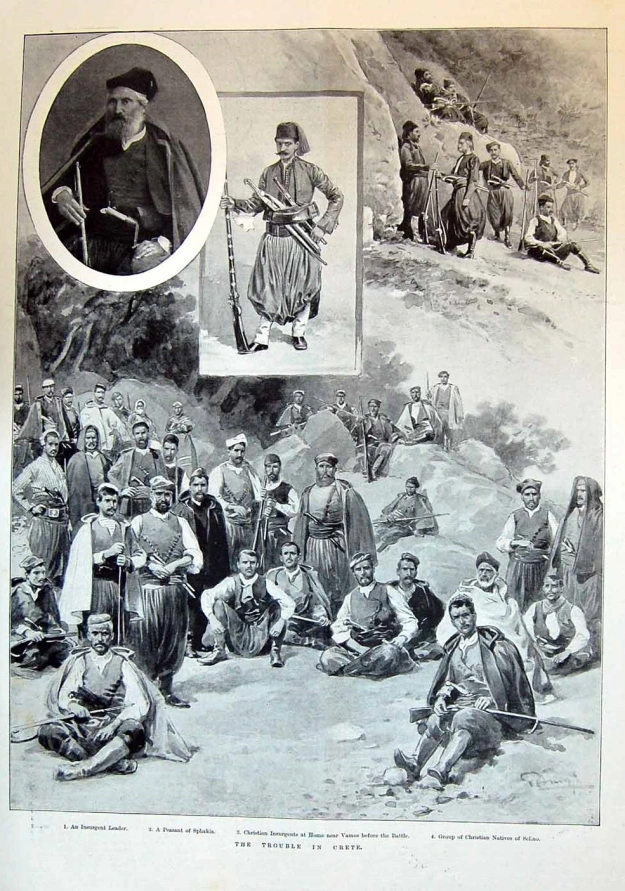
Invasion
In 1897 all hell broke loose. The Greek government sent ships to invade Crete which landed at Kolimbari where the commander Timoleon Vassos issued a declaration that he was taking control of Crete in the name of the King of the Hellenes and he announced the Union of Crete with Greece among widespread celebration. Turkey declared war on Greece.
A day or two later the Great Powers of the world, the British, the French, the Russians and the Italians decided to place a full embargo and occupation of the island. This settlement was designed to take the island under the realm of the Great Powers.
The Italians took Ierapetra, the French took Sitia, the British took Iraklion and the Russians took Rethymnon. All four Powers took Hania, the capital. The battleships of four countries rode into Hania and took control. In Zorba the Greek by Katzantzakis, you may remember the Frenchwoman Hortense who went from ship to ship pleasing the admirals.
Bombardments by the four admirals onto the shores of Akrotiri and Hania enraged the world. Cretans raised the Greek flag from the hill of Profitas Elias and they were shot at by the warships. They just kept raising their flag again and again until in the end the British stopped shelling and applauded them and they were followed by all.
The tired Turkish war with Greece continued and forced the Greeks to recall their men on Crete so on the 21st of April, Vassos and his men left the island and returned to Greece. Crete was still not united with Greece. But Crete was now considered autonomous. The General Assembly was reconstituted in Crete and the four powers had to decide on a governor for the island. In the end, they proposed Prince George of Greece as the High Commissioner.
Following an uprising in Iraklion and a massacre of many Christians including seventeen British soldiers and the British Consul in 1898, the British Navy sailed into Iraklion and finally removed what remained of the Turkish military. All Turkish occupying forces were banished from the island of Crete and in December 1898 Prince George of Greece, the governor of Crete arrived to take up his post.
The Executive Council took over the administration of Crete. Leading the Executive Council was Eleftherios Venizelos. The bishop Petras Titos wrote in a letter: ‘now we Cretans are able to call ourselves by that sweet word – free.’

Freedom for Crete
For Eleftherios Venizelos though, this was just the beginning of a very hard road. When Prince George arrived he was rapturously welcomed by the Cretans. In fact, they named the village of Georgeopolis after him. Crete was now an independent country and the flag of Crete was raised in Hania and all over the island. On the 29th of April 1899, the Cretan government was chosen. Eleftherios Venizelos became minister of Justice.
They worked hard, they issued a currency, the drachma, started the Bank of Crete and even founded the special hospital for leprosy victims in 1903 on the island of Spinalonga. But this initial enthusiasm was very marred by the fact that all of the most powerful positions were given to Athenian advisors of Prince George and Cretans were pushed aside. Very few real decisions were allowed to be made by Cretans at all.
For Eleftherios Venizelos, this was not good enough. He openly argued with the right of Prince George to make all of these decisions. Venizelos was sacked from his ministerial job and he also wrote a series of five articles criticising Prince George. The Prince grew angry and banished freedom of the press and started locking up opposition voices in jail.
Once again the murmurings started and carried across the island. People gathered around Eleftherios Venizelos and finally, in 1905 they started the Therisso Rebellion. They asked the population to take no part in elections and demanded Enosis, joining with Greece. They even issued their own postage stamps from Therisso, Venizelos’ mother’s village high up a mountainous gorge south of Hania.
The Hero
Venizelos by now had started a new caretaker government from Therisso and its support spread rapidly, not only in the island of Crete, but among powerful and sympathetic people in Athens. It looked like the beginning of a civil war. Luckily the dispute entered into the world of diplomacy and after several consultations with the Great Powers and the Greeks, Prince George was evicted and in 1910 Eleftherios Venizelos became the Prime Minister, not of Crete but of all of Greece.
In 1913 King Constantine of Greece, accompanied by his Prime Minister, Eleftherios Venizelos arrived in Hania and finally read the formal declaration that joined Crete to Greece. The people went wild. The whole island had huge celebrations and countless parties and in every one the name of Eleftherios Venizelos, the boy from Mournies in Hania, was toasted over and over as the great man who had wonderfully united the peoples of Greece and Crete forever.
Table of Contents
Views: 88

